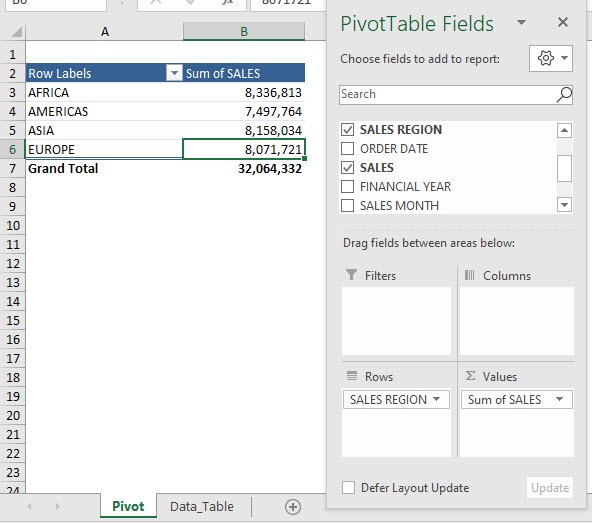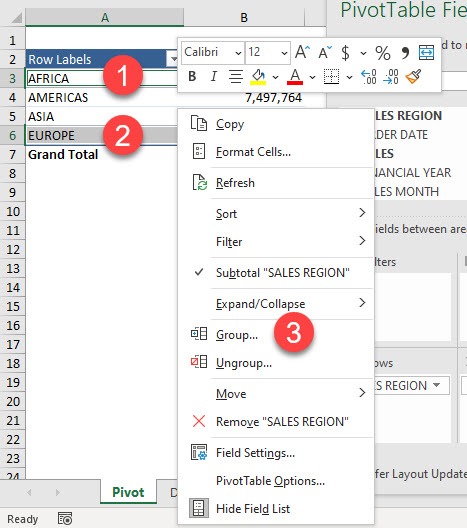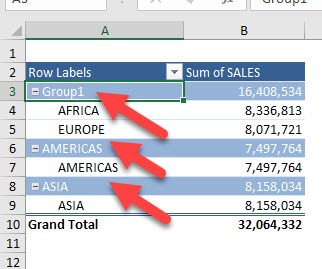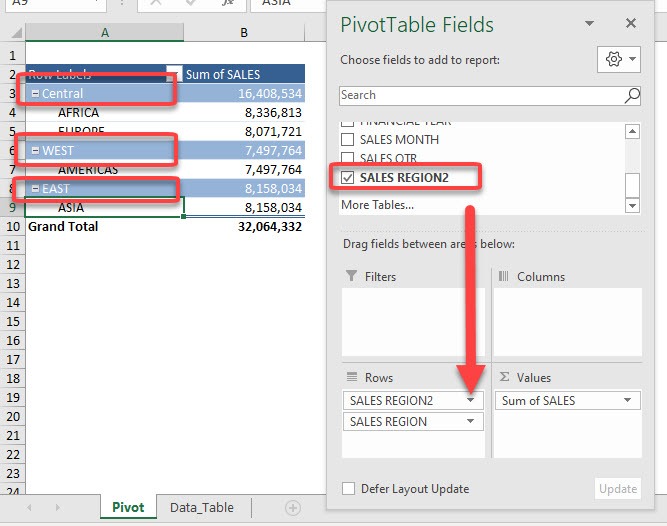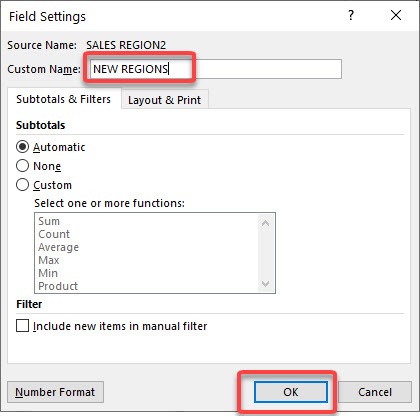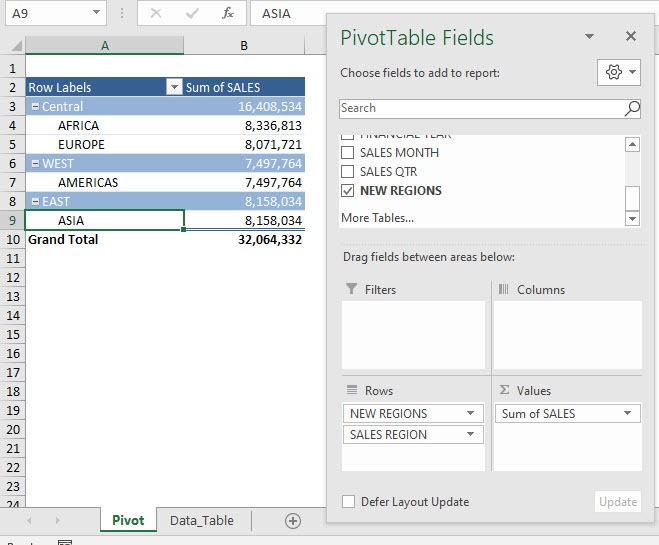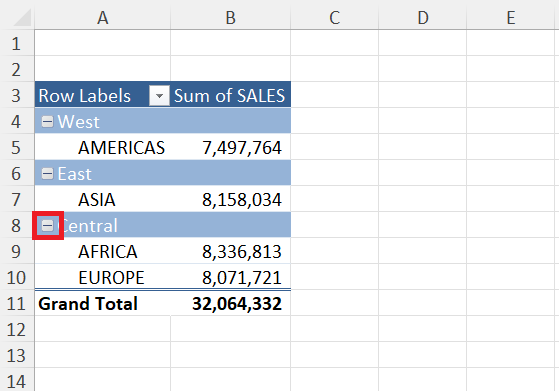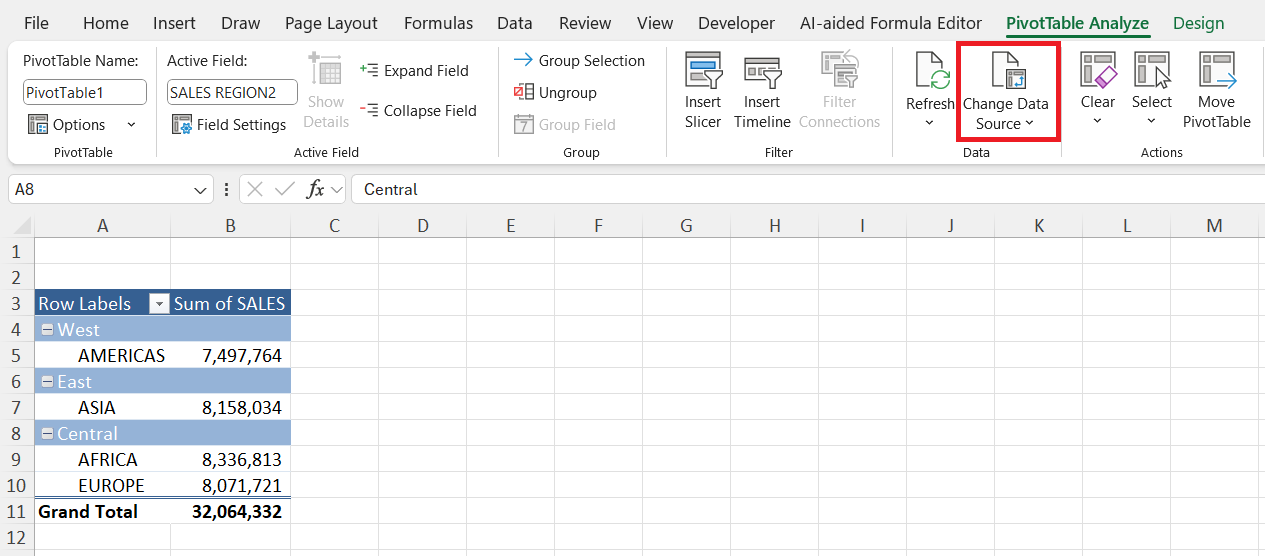Excel Pivot Tables are powerful tools that allow us to summarize and analyze data efficiently. However, categorizing text data can sometimes be challenging. Grouping by numerical data or dates is straightforward to do in Pivot Tables. But another cool thing is you can group by text fields too! Grouping text fields in Excel Pivot Tables can streamline data analysis, providing clearer insights. By understanding how to group by text field effectively, we can improve our data organization and drive more meaningful analytics.
Key Takeaways:
- Grouping text fields helps simplify complex datasets into digestible categories.
- You must prepare your data with clear grouping logic before using Pivot Table groupings.
- Use CTRL + Click to select multiple items and group them quickly in the Pivot Table.
- Renaming group headers improves clarity and reporting consistency.
- Grouping text enhances insights in real-world scenarios like sales, HR, and customer analysis.
Table of Contents
Mastering Text Field Grouping in Pivot Tables
Why Group Text Fields?
Grouping text fields in Pivot Tables helps us categorize complex datasets into manageable segments. This grouping facilitates data analysis by allowing us to easily identify patterns, trends, and outliers within our data. It creates structure, making reports more comprehensible and enabling us to draw conclusions effectively. Whether managing customer data or tracking sales by category, grouping simplifies complex data into insightful categories.
Key Benefits of Grouping Text
Grouping text fields in Excel Pivot Tables brings several advantages. Firstly, it enhances data clarity, allowing us to convert raw data into digestible segments. This categorization elevates reporting by creating visually coherent summaries. Additionally, it supports better decision-making by highlighting key areas through aggregated insights. Collaboration is also improved, as grouped data provides a standardized view that eases communication across teams. Finally, it saves time on manual data sorting, enabling us to focus on strategic analysis rather than data management.
Step-by-Step Guide to Group by Text Field
Preparing Your Data
Before we can group text fields in a Pivot Table, it’s important to prepare the data properly. One key step is defining the grouping logic clearly. For example, if you’re working with country-level data, you might want to group them into broader regions such as:
- West
- Americas
- East
- Asia
- Central
- Africa
- Europe
Now that the data is prepared, let’s take a look at how the Pivot Table is set up before we apply the groupings. Here’s the layout we’ll be working with:
Adding Text Fields to a Pivot Table
STEP 1: Let us group Africa and Europe together.
Hold the CTRL key while clicking on both of them. Right-click on any of the 2 values then select Group
STEP 2: Now we have our grouping by text. Now click on each of the group headers and rename each one of them to: Central, West, East
We have the updated group names! Notice that the SALES REGION2 was added automatically because of this.
Click on the arrow beside the SALES REGION2 so that we can give this a better name.
STEP 3: Set the Custom Name to NEW REGIONS. Click OK
Your groupings are now all set!
Tips & Tricks
- Use a Helper Column: For recurring groupings (like regions), create a helper column in your source data instead of grouping manually every time.
- Clean Data First: Use Excel formulas like
=PROPER(),=TRIM(), or=IF()to standardize text before grouping. - Name Your Groups Clearly: Rename grouped fields and custom column headers to something meaningful (e.g., “NEW REGIONS”) for better readability.
- Collapse & Expand: After grouping, you can use the + and – buttons in the Pivot Table to collapse or expand groups as needed.
- Copy Pivot Table Layouts: To save time, copy your grouped Pivot Table and update the data source to a new dataset, maintaining your structure.
Practical Applications and Scenarios
Real-world Examples in Business Analysis
Grouping text fields in Pivot Tables offers several practical applications in business analysis. For example, in customer segmentation, we can group customer feedback text data by sentiment—categorizing reviews as ‘Positive’, ‘Neutral’, or ‘Negative’. This grouping assists in identifying trends in customer satisfaction. Similarly, sales teams can group products by type or category to analyze performance across different segments. By observing sales patterns through grouped data, companies can tailor marketing strategies and inventory management.
Moreover, in human resources, grouping employee data by department or job title helps analyze workforce distribution and identify staffing needs. These applications illustrate the versatility and value of text field grouping in making informed business decisions.
Enhancing Reporting with Text Groups
Incorporating text groups into reporting enhances clarity and depth, transforming raw data into actionable insights. By grouping text fields, we simplify complex datasets, making reports more understandable for stakeholders. For instance, grouping expenses by category—such as travel, supplies, or utilities—provides a concise summary of spending trends, aiding budget management. Text groups also streamline performance reports, allowing for quick comparisons across different segments like product lines or geographic regions.
Visual elements like charts can be aligned with these groups, highlighting key comparisons and trends effectively. Ultimately, the strategic use of text groups turns data into a storytelling tool, engaging audiences and facilitating strategic discussions.
FAQs
Can I group text fields in a Pivot Table the same way I group numbers or dates?
Yes, you can group text fields in a Pivot Table, but the process is manual, unlike with numbers or dates, which Excel groups automatically. To group text fields, hold the CTRL key and select multiple items you want to group. Then right-click and choose the Group option. After grouping, Excel will create a new fiel,d which you can rename to something meaningful. This is useful for organizing categories, regions, or other related data into custom groups.
What happens if my text fields have spelling inconsistencies or blanks?
Text fields with inconsistent spelling or blank entries can interfere with successful grouping in Pivot Tables. For example, “New York” and “NewYork” would be treated as separate items. It’s important to clean your data before attempting to group text fields. Use Excel functions like TRIM, CLEAN, or PROPER to standardize the entries and remove or fill in blanks where necessary. Clean, consistent data ensures that grouping functions correctly and your analysis remains accurate.
Can I group items into multiple levels (e.g., sub-categories within a region)?
Excel does not support multi-level manual grouping within a single group field in a Pivot Table. However, you can work around this limitation by creating additional columns in your source data to represent each level—such as Region and Sub-Region. Then, drag both fields into the Pivot Table’s row or column area to create a hierarchical layout. This approach mimics multi-level grouping and offers more flexibility in how you structure and analyze your data. It’s especially useful in complex datasets with nested categories.
Will grouping affect the underlying data or just the Pivot Table view?
Grouping in Pivot Tables is non-destructive and only affects the Pivot Table’s display, not your original data. When you group items, Excel creates a temporary field that reflects the grouping logic inside the Pivot Table only. Your raw dataset remains untouched, which means you can experiment with different groupings freely. This makes it a safe and efficient method to organize and analyze data without worrying about accidental changes to the source file. You can also remove or adjust groupings at any time without losing any information.
Can I reuse my groupings in another Pivot Table?
Grouped fields created directly in a Pivot Table cannot be transferred to other Pivot Tables automatically. If you want consistent groupings across multiple reports or sheets, it’s best to create a new column in your source data with predefined group values. This not only ensures uniformity but also saves time in manually recreating the groups. Once the helper column is added, you can simply drag it into any Pivot Table layout. It also makes your data model more scalable and easier to manage in collaborative environments.

Bryan
Bryan Hong is an IT Software Developer for more than 10 years and has the following certifications: Microsoft Certified Professional Developer (MCPD): Web Developer, Microsoft Certified Technology Specialist (MCTS): Windows Applications, Microsoft Certified Systems Engineer (MCSE) and Microsoft Certified Systems Administrator (MCSA).
He is also an Amazon #1 bestselling author of 4 Microsoft Excel books and a teacher of Microsoft Excel & Office at the MyExecelOnline Academy Online Course.
